Text
Deathly Pale
The desire of women for ultra-pale skin didn't end with the Elizabethan era. In Victorian times, women still coveted the look of translucent white skin and applied the same causic, poisonous substances to their face, neck, arms and hands. Turbuculosis was a common cause of death in the era. The look of death was considered romantic for its tragic and poetic beauty. Even if a Victorian woman wasn't charmed by death due to turbuculosis, she still coveted pale, translucent skin. Tanned faces were the result of long hours of work out-of- doors, belonging to the lower classes.
“The death of a beautiful woman is, unquestionably, the most poetical topic in the world.” - Edgar Allan Poe
The two predominant beauty standards were the painted beauty and the natural beauty. The later was the preferred ideal of the average fashionable woman. The methods she employed to achieve good skin and complexion were all in an effort to look natural. The overly painted look was seen as racy - the province of prostitutes and "loose" women.

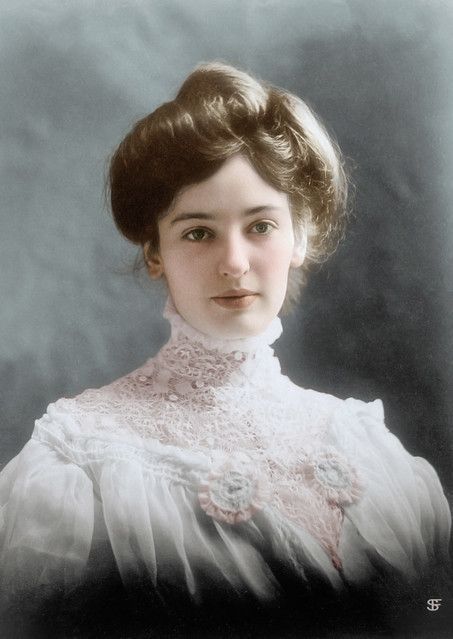
Upon a well-off Victorian woman's dressing table were arsenic, ammonia, and opium, among other toxic substances. The Ugly-girl Papers, Or, Hints for the Toilet was a book published in 1874 that contained a series of beauty articles for Harper's Bazaar. The author recommends coating the face with opium before bed and a brisk wash with ammonia in the morning. How refreshing.
Lotions containing lead were popular for whitening the skin as well as erasing freckles and other blemishes. Complexion wafers containing arsenic were widely advertised. These products were peddled to women as being harmless when, in fact, they caused headaches, nausea, and even paralysis.

To achieve eyes with a seductive gaze, Victorian women used Belladonna or Deadly Nightshade in the form of eye drops, which diluted the pupils. Eye irritation and even blindness were reported symptoms of this practice.
A little color over that deathly white facial palor was usually achieved with beet juice and sometimes, animal blood. It's intriguing to wonder how women came into possession of animal blood, though the answer may be as simple as a purchase from a local vendor. Vermillion, also known as red mercury, was used to tint the lips and was known to be poisonous.
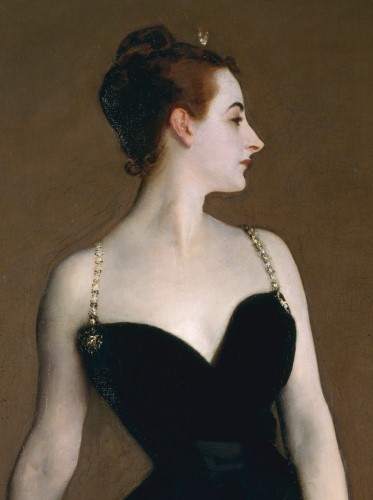
Virginie Gautreau, the subject of the famous John Singer Sargent painting known as Madama X, was not only known to use products to whiten her skin, but was also purported to use indigo dye to paint veins over the ultra-pale veneer of her skin. I haven't found any sound evidence of this, however. What I did read in both The Collector and in an article at minsooki, was that over her arsenic pale skin, Virginie used a lavender powder to counteract the warmth of candlelight.
What's most troubling is that in the face of ample evidence of the health consequences of many of these products, women continued to value the look they provided, over their own health and safety.
References:
• Molly Brown House Museum: Beauty is in the Eye of the Beholder: How Victorians Used Common Poisons to Become Drop Dead Gorgeous
• Awful Forever
• Atlas Obscura
• minsooki.com
• The Collector
#victorian era#history of makeup#victorian beauty standards#poisonous beauty products#madame x portrait#victorian high society#the resplendent outfit blog#victorian advertising#john singer sargent#oil painting
26 notes
·
View notes
Text
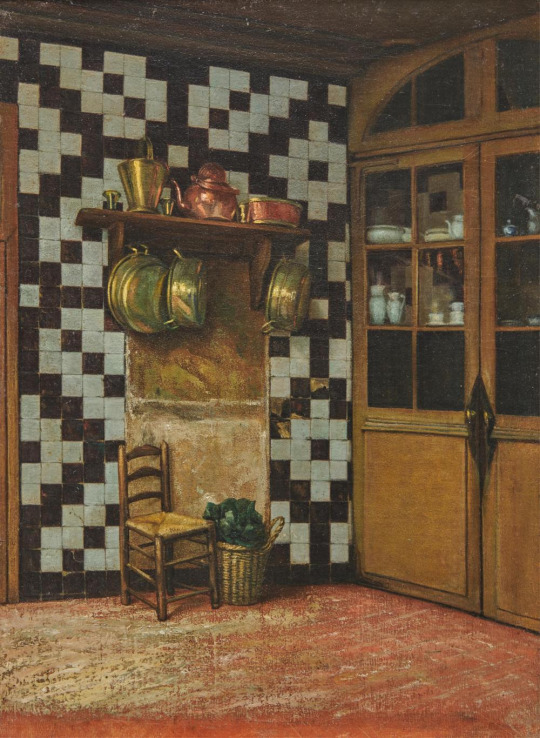
Francis Davis Millet (American, 1846-1912) • Flemish Kitchen • Unknown date
#art#painting#fine art#art history#francis davis millet#american artist#oil painting#19th century american art#artwork#paintings of interiors#domestic interiors#kitchen interior#the painted room art blog#art blogs on tumblr#academic classical art
30 notes
·
View notes
Text

Faith Ringgold (American, 1930-2024) • Picasso’s Studio: The French Collection Part I, #7 • 1991 • © Faith Ringgold / ARS, NY and DACS, London, courtesy ACA Galleries, New York 2022.
#art#fine art#textile art#faith ringgold#woman artist#narrative art#black woman arist#african american artist#mixed media art#contemporary artist#mixed media sculpture#pagan sphinx art blog#art blogs on tumblr#art lovers on tumblr
13 notes
·
View notes
Text

Edgar Maxence (French, 1871-1954) • Jeune Femme à la Coiffe Devant la Mer (Young Woman with a Headdress in Front of the Sea) • 1902 • Watercolor, gouache and pastel on paper mounted on board • Sotheby's
#art#painting#fine art#art history#portrait#symbolist painting#female portrait#edgar maxence#french artist#early 20th century european art#french symbolism#watercolor/gouache/pastel painting#pagan sphinx art blog#art lovers on tumblr#art blogs on tumblr#artwork
33 notes
·
View notes
Text

Edgard Maxence (1871-1954) • L’Âme de la Source (The Soul of the Source) • 1899 • Tempera heightened with gold on panel
#art#painting#fine art#art history#edgar maxence#french artist#symbolist artist#french symbolism#late 19th century european art#mystical artwork#artwork#tempera painting#pagan sphinx art blog#art blogs on tumblr#art lovers on tumblr#art & beauty#women in paintings
28 notes
·
View notes
Text

Henk Helmantel (Netherlandish, b. 1949)
#art#painting#fine art#still life#contemporary painting#contemporary still life#henk helmantel#netherlandish artist#21st century art#art from the netherlands#artwork#art of the still life blog#art blogs on tumblr#art lovers on tumblr
21 notes
·
View notes
Text
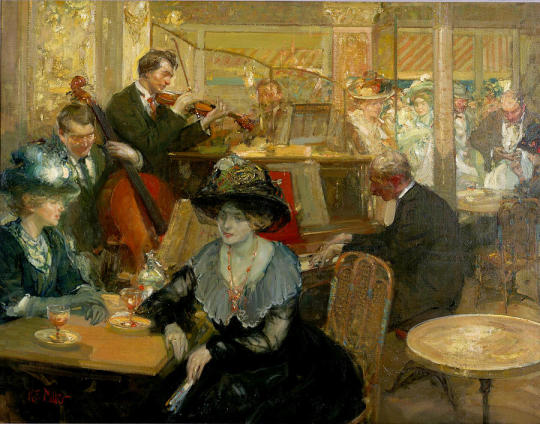
Richard Emile Miller (American, 1875 – 1943) • Café L’Avenue, Paris • c. 1906-1910 • Cummer Museum, Jacksonville, FL
#art#painting#fine art#art history#richard e miller#american artist#oil painting#early 20th century american art#american impressionism#impressionism#artwork#paintings of public interiors#paintings of interiors#interior with figures#the painted room art blog#art blogs on tumblr
38 notes
·
View notes
Text
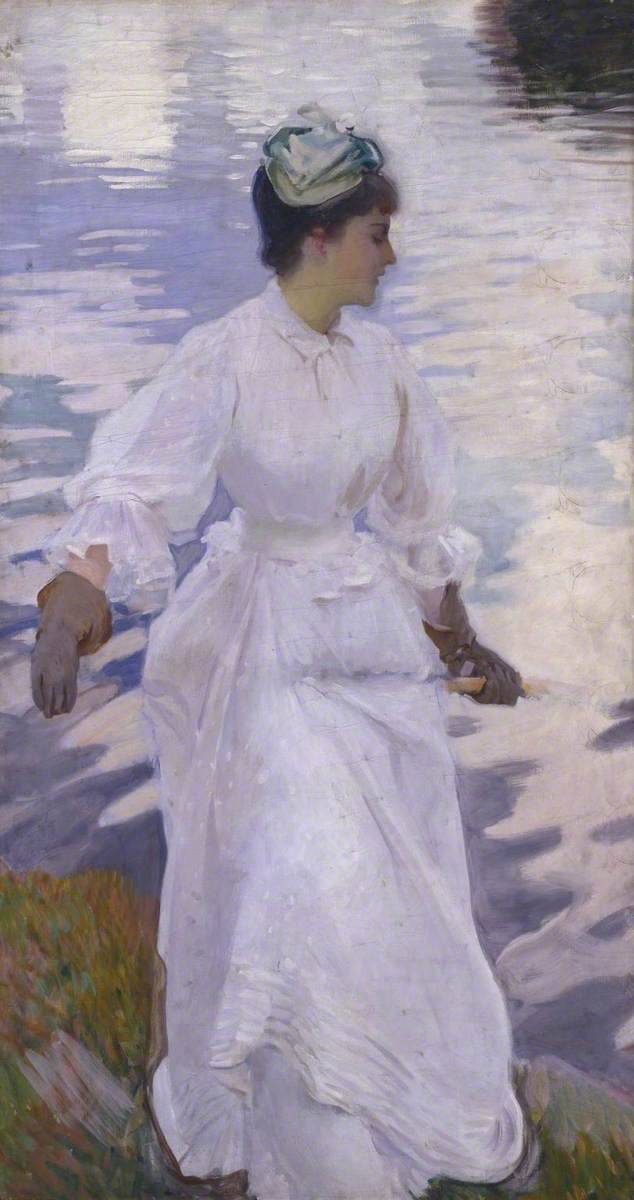
John Singer Sargent (American/active in UK. & Europe) • 1856–1925) • A Lady Fishing (Mrs. Ormond) • 1889 • Tate, Britain
#art#painting#fine art#art history#genre painting#late 19th century british art#john singer sargent#1880s art#artwork#oil painting#women in white#la robe blanche art blog#the white dress#impressionism#art blogs on tumblr#art lovers on tumblr#american/british art
42 notes
·
View notes
Text

Paul Gaugin (French, 1848-1903) • La Brodeuse (Mette Gauguin) • 1878 • E.G. Bührle Foundation, Zürich, Switzerland
#art#painting#fine art#art history#genre painting#artist's wife#early work#paul gaugin#post-impressionistm#oil painting#women in paintings#pagan sphinx art blog#art blogs on tumblr#art lovers on tumblr
17 notes
·
View notes
Text
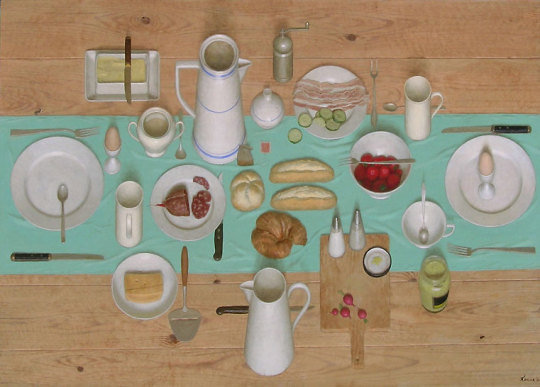
Kenne Grégoire (Netherlandish, b. 1951)
#art#painting#fine art#still life#contemporary painting#contemporary artist#artwork#kenne grégoire#netherlandish artist#art of the still life blog#art blogs on tumblr#art lovers on tumblr#art appreciation#realistic still life
9 notes
·
View notes
Text

Edgard Maxence (French, 1871-1954 ) • Saint Thérèse of Lisieux • 1927 • Lithograph
#art#lithograph#art history#fine art#women in paintings#saints in paintings#edgar maxence#1920s artwork#early 20th century european art#symbolism#french artist#religious artwork#pagan sphinx art blog#art blogs on tumblr#art lovers on tumblr#portrait
23 notes
·
View notes
Text
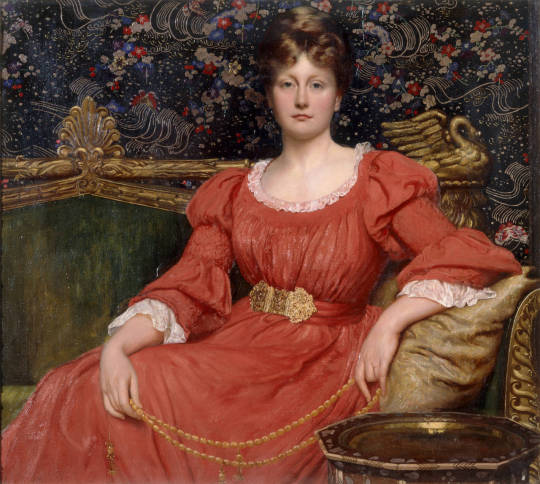
William Blake Richmond (British/English, 1842-1921) • Mrs Luke Ionides (1848-1929) • 1882 • Virginia & Albert Museum, London
#art#painting#fine art#art history#aesthetic movement#art for art's sake#portrait#female portrait#society portrait#british/english artist#oil painting#artwork#v & a#william blake richmond#pagan sphinx art blog#art blogs#art lovers on tumblr
39 notes
·
View notes
Text

Rosa Bonheur (French, 1822-1899) • A Lion's Head • 1822
#art#painting#fine art#art history#rosa bonheur#oil painting#animal portrait#lion#realism#woman artist#french artist#artwork#painter#pagan sphinx art blog#art blogs on tumblr#art lovers on tumblr
18 notes
·
View notes
Text
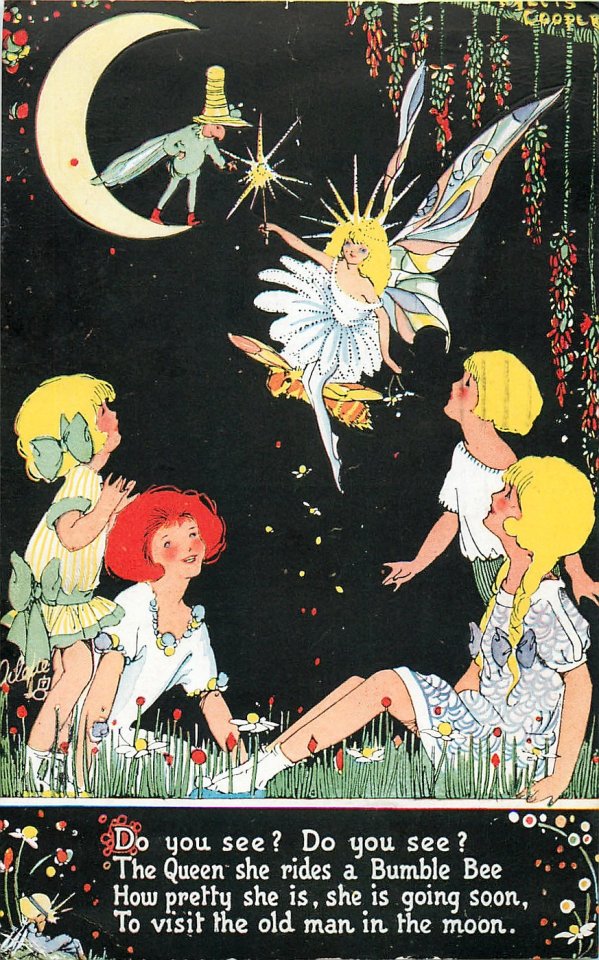
Oilette postcard • After the original painting by Phyllis Cooper (English, 1895-1988) • listed in 1930 Postcard Catalogue
Oilette: This was a type of card used by Tuck, starting in 1903, with a surface designed to appear as a miniature oil painting. Early "Oilettes" had a brush stroke simulation, but the vast majority of Tuck "Oilettes" have a smooth surface. Many collectors refer to any facsimile of an artist's work as an "Oilette".
#illustration#art#illustrator#phyllis cooper#british artist#woman artist#postcard illustration#vintage postcard#tuck postcard series#oilette process#oilette definition#sassafras and moonshine blog#illustration blog#fairy illustration
9 notes
·
View notes
Text

Joseph Noel Patton (British/Scottish, ) • The Quarrel of Oberon and Titania • 1849

Detail
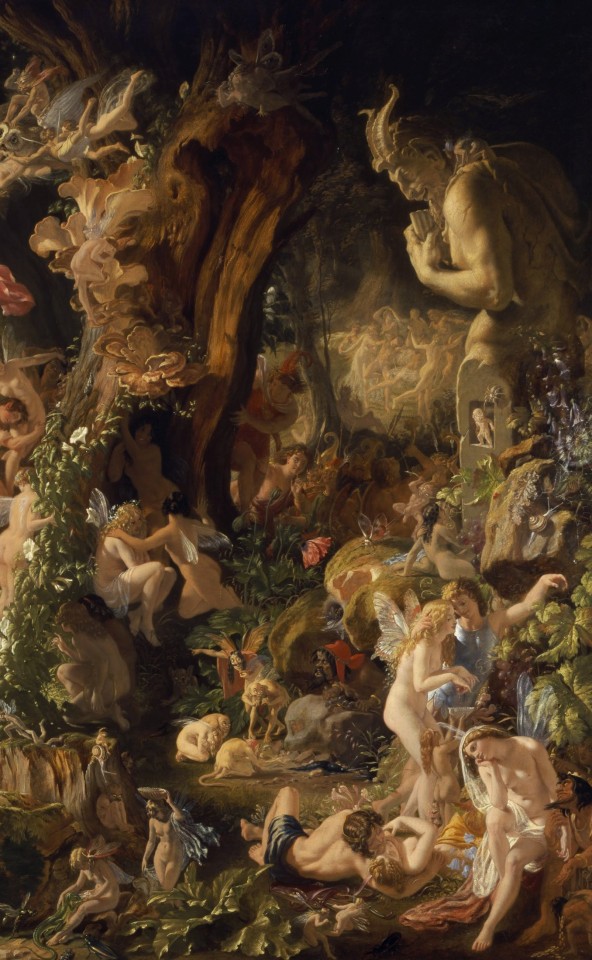
Detail
#art#painting#fine art#art history#joseph noel patton#british/Scottish artist#inspired by pre raphaelites#paintings of myths & legends#artwork#oil painting#painting details#pagan sphinx art blog#art blogs on tumblr#art lovers on tumblr#mythological painting#art appreciation
58 notes
·
View notes
Text

Arthur Rackham (British, 1867-1939) • Illustration for The Wishing-Table by The Brothers Grimm • From the collection Little Brother & Little Sister and other Tales of the Brothers Grimm • Pen and ink with watercolour • 1917 • Publisher: Constable & Co. Ltd, London
Wishing-Table, Gold-Ass, and Cudgel: “Gold pieces fell down on the cloth like a thunder shower.”
A beautiful review of the collection Little Brother & Little Sister, written by Maria Popova can be read on her online magazine The Marginalian.
#art#illustration#illustrator#artwork#arthur rackham#british illustrator#brothers grimm#book illustration#fairytale illustration#the marginalian#golden age of illustration uk#hope & beauty#illustration blog#sassafras and moonshine blog#pen & ink illustration#watercolour illustration
17 notes
·
View notes
Text
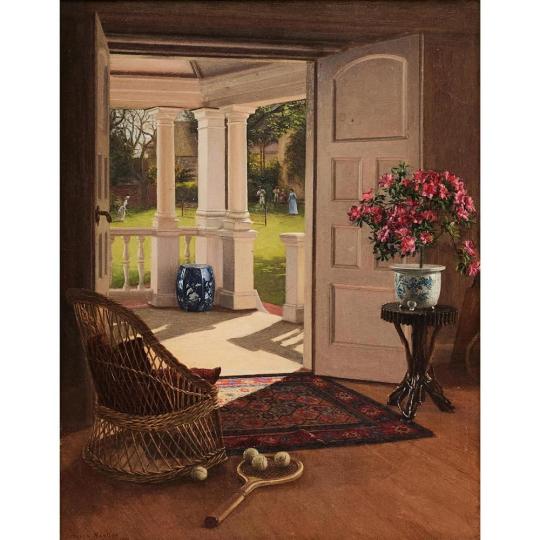
Jessica Haylar (British, 1858-1940) • Sunshine • 1884
#art#painting#fine art#paintings of interiors#paintings of domestic interiors#art history#oil painting#the painted room art blog#sunshine in an interior#oil painting on panel#woman artist#british artist#painter#art blogs on tumblr#artwork#art lovers on tumblr
19 notes
·
View notes